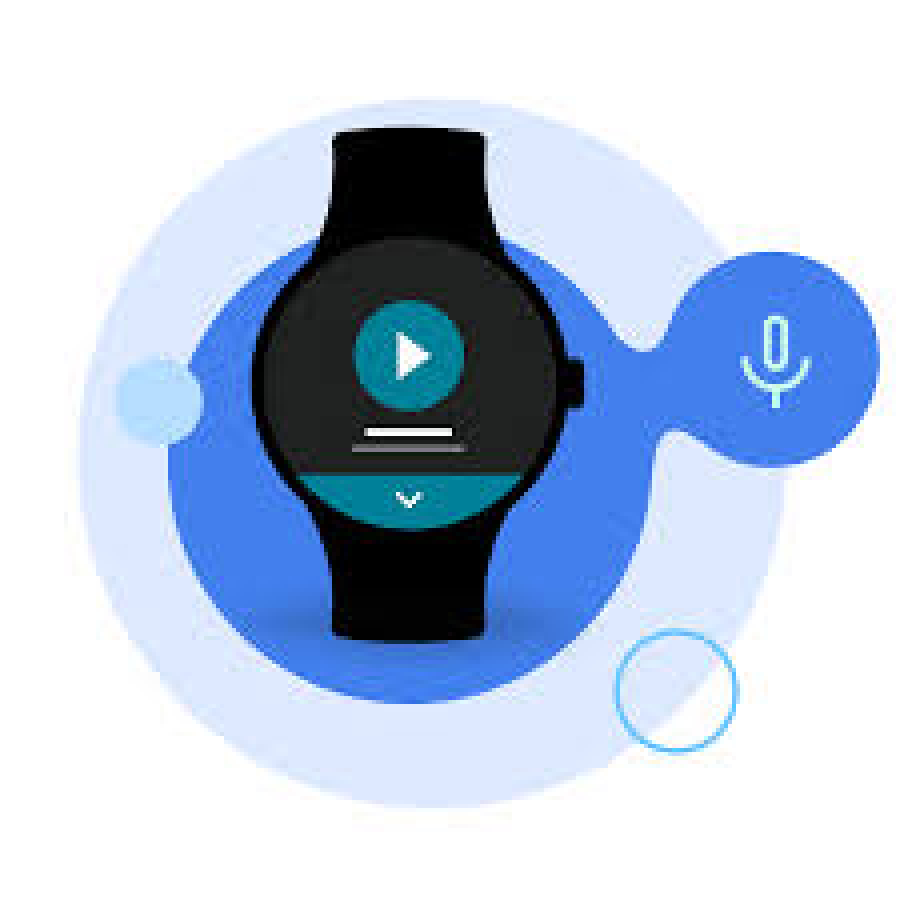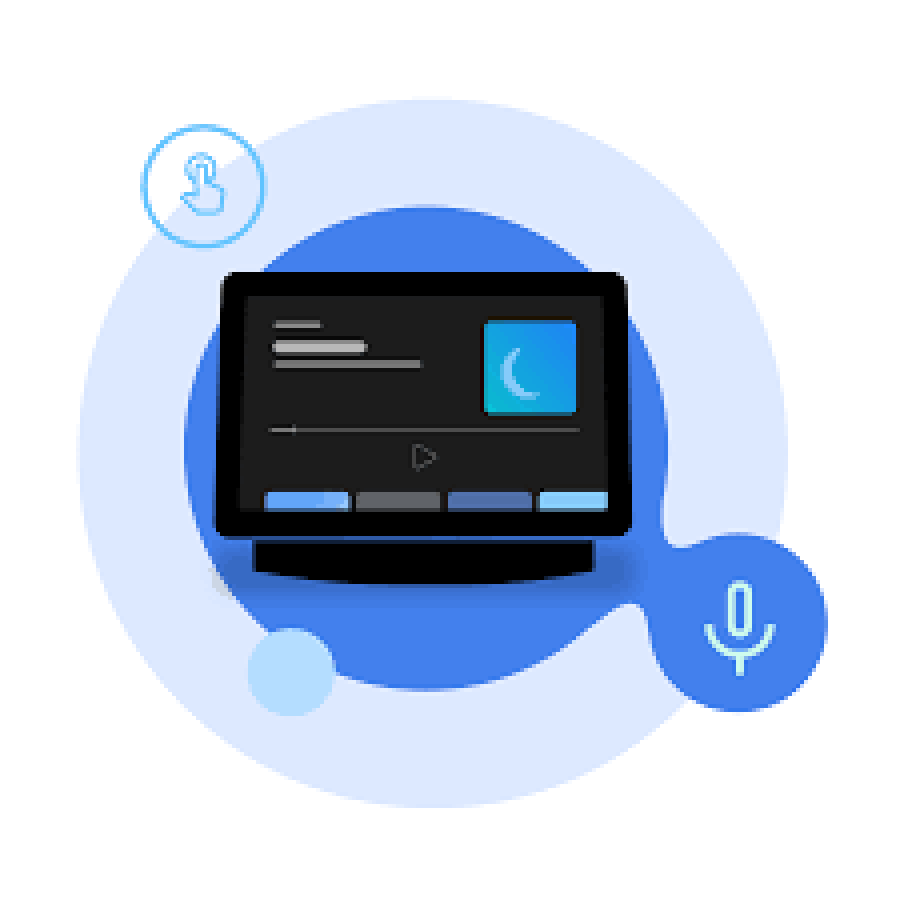How to Reduce Website Bounce Rate with Better UX
In the digital world, your website has only a few seconds to make a lasting impression. If visitors land on your site and leave without interacting, it's a sign of a high bounce rate—a critical performance metric for any website.
At freelancerbridge, where web developers, designers, and freelancers gather to build impactful online experiences, reducing bounce rate is more than a goal—it's a necessity. One of the most effective ways to combat high bounce rates is by improving the User Experience (UX). A better UX ensures that users stay longer, engage more, and convert faster.
In this guide, we'll explore how a UX-focused approach can significantly lower your website's bounce rate—and why it matters for SEO, conversions, and credibility.
📘 Long Description:
✅ What is Bounce Rate?
Bounce rate refers to the percentage of website visitors who leave after viewing only a single page. A high bounce rate indicates that your site failed to capture the user's interest or failed to meet their expectations.
Bounce rate = (Single-page sessions / Total sessions) × 100
This metric is crucial in web analytics, especially for freelancers and developers who want their sites to rank higher and perform better.
🔎 Why a High Bounce Rate is Bad for Your Website
Poor SEO Rankings: Search engines interpret a high bounce rate as a sign that the content is not relevant.
Lost Conversions: Visitors who leave without exploring are less likely to become customers or clients.
Wasted Effort: Your marketing efforts go in vain if users land but don’t engage.
That’s why improving UX is essential for reducing bounce rate.
💡 Top UX-Driven Strategies to Reduce Bounce Rate
Let’s explore actionable strategies that enhance UX and directly impact bounce rate, helping your website retain and convert visitors.
✅ 1. Improve Page Load Speed
Users expect websites to load within 2–3 seconds. Slow load times cause instant exits.
Compress images, enable caching, and use a CDN to deliver fast-loading pages.
Use tools like Google PageSpeed Insights and GTmetrix to test performance.
💡 UX Impact: Faster sites reduce frustration and improve perceived quality.
✅ 2. Optimize for Mobile Devices
With over 60% of web traffic coming from mobile, responsive design is non-negotiable.
Ensure your layout, fonts, buttons, and images are mobile-friendly.
Avoid intrusive pop-ups or elements that block content on smaller screens.
💡 UX Impact: Better mobile experiences increase engagement and lower bounce rates.
✅ 3. Craft Clear and Compelling Headlines
Your headline is the first thing users see. It should clearly convey value or intent.
Use language that aligns with user search intent and pain points.
Avoid clickbait titles that mislead or frustrate users.
💡 UX Impact: Clear headlines build trust and encourage users to explore more.
✅ 4. Use Intuitive Navigation
Visitors should be able to find what they need quickly.
Use a clean menu, logical page structure, and prominent CTAs (Call-to-Actions).
Highlight key areas like services, portfolio, and contact with visual hierarchy.
💡 UX Impact: Simple navigation prevents confusion and leads users deeper into your site.
✅ 5. Match Content to User Intent
Understand what your audience is searching for and deliver content that answers their needs.
Use targeted keywords, concise headings, and relevant media (images/videos).
Don’t mislead with off-topic content or thin pages.
💡 UX Impact: Satisfying search intent keeps users engaged and improves dwell time.
✅ 6. Create Visual Hierarchy and Readability
Break text into short paragraphs with headings, bullet points, and white space.
Use clear fonts, appropriate colors, and contrast to improve reading ease.
Avoid large blocks of text or cluttered designs.
💡 UX Impact: Readable layouts make content more digestible and inviting.
✅ 7. Use Engaging and Relevant Media
High-quality images, infographics, or videos increase user engagement.
Visual content helps convey information quickly and supports the message.
Optimize media for fast loading and accessibility (alt-text).
💡 UX Impact: Visual variety makes pages more interactive and enjoyable.
✅ 8. Include Strong Internal Linking
Guide users to related articles, service pages, or product listings.
Use anchor text that’s relevant and encourages further exploration.
Avoid dead ends or pages without further navigation options.
💡 UX Impact: Keeps users moving through your site, reducing single-page exits.
✅ 9. Add Trust Signals
Display testimonials, client logos, reviews, and security badges.
Showcase your experience, credentials, or freelance portfolio.
Include clear contact options to increase credibility.
💡 UX Impact: Trust builds confidence and encourages longer sessions.
✅ 10. Use Exit-Intent Popups Wisely
Use exit popups to offer value before users leave—like a discount, ebook, or contact form.
Make sure it’s non-intrusive and doesn’t hinder navigation.
Trigger it only once per session to avoid annoyance.
💡 UX Impact: Smart popups can convert an exit into an action.
✅ 11. Regularly A/B Test UX Elements
Test variations of headlines, CTA buttons, layout styles, and content formats.
Analyze which combinations lead to lower bounce rates and higher engagement.
Use tools like Google Optimize or Hotjar for testing and heatmaps.
💡 UX Impact: Data-driven design improves user satisfaction and usability.
📊 How UX and Bounce Rate Impact SEO
Google considers bounce rate as an indirect ranking factor.
A low bounce rate signals to search engines that your site delivers relevant content.
Longer sessions and deeper navigation boost metrics like dwell time and pages per session.
Better UX = Lower bounce rate = Improved SEO = More organic traffic
🎯 Who Should Care About This?
If you're a:
Freelance web developer building client sites
Web designer focused on user-centered interfaces
SEO expert aiming for higher rankings
Content creator managing blogs or portfolios
…then reducing bounce rate through better UX is critical for achieving your goals.
At freelancerbridge, we aim to help you grow your digital presence and results with strategic development and design insights like this.
📝 Conclusion:
Reducing your website’s bounce rate is not about tricking users into staying—it's about delivering value efficiently and delightfully. By focusing on a user-first design strategy, improving speed, and aligning content with user expectations, you can keep your audience engaged and lead them to meaningful actions.
A seamless and enjoyable UX is your best investment for higher retention, better SEO, and more conversions. Apply these tips to your website today, and start watching your bounce rate drop while engagement rises.


 by Emily
by Emily




